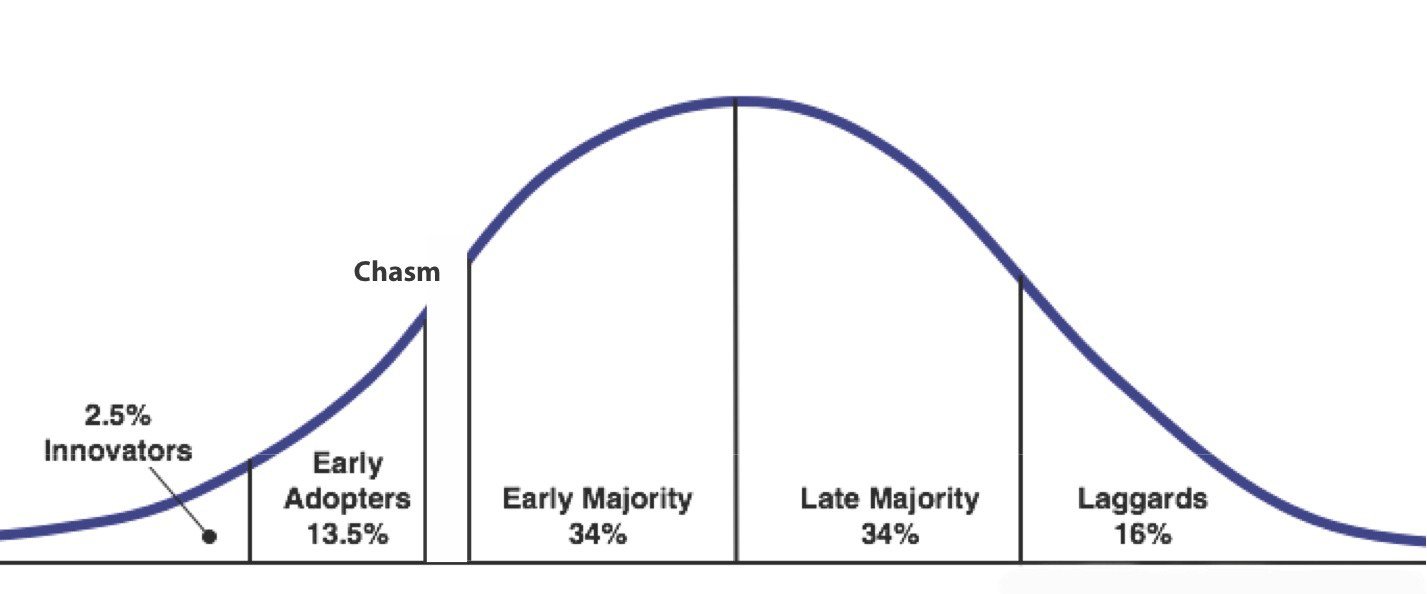Happy Friday. It's a warm, sunny day here in Vermont. I imagine there's an ice cream (called a "Creemee" here) in my future, and I'm really looking forward to my black raspberry-maple twist with rainbow sprinkles. I hope you're treating yourself in a small way today, too, cause you totally deserve it.
Yesterday, I was chatting with some friends about life as a small business owner and what's similar/different from leading design orgs and teams. This post is about a core element of doing both that is quite similar.
One the most fundamental concepts that we cover in Chief Design Officer School is that leading a design team or org is very similar to running a small business in that it's very much like building a product or service. When we share this concept in our courses, it's the one that flips the lightbulb switch for so many Sr. Leaders.
When you lead Design, Design is the product.
When you lead Design people, teams, and the organization, the most significant shift is knowing that most of your colleagues don't think about design as a craft or practice. They think about it as a group of people with specific skills and capabilities with a budget… essentially a big pile of "features". Yes, they want to know how these "features" help customers, but they really want to know how those "features" also help them.
If you've ever read "Crossing the Chasm" by Geoffrey Moore, one of the basic theories that Moore shares in the book is that there is a gap between early adopters of a product and the larger, more skeptical mainstream market. When you lead Design, it's basically the same thing.

Innovate with Sidekicks and Sell to Champions
There will be early adopters of Design, but most colleagues are skeptical. It's the job of the executive leader and their team to place bets on which partners are early adopters and intentionally build out business cases and arguments with them to win over the skeptics. We call those early adopters Sidekicks.
We separate skeptics into two categories; Champions and Challengers. Champions are part of the early majority of adopters. They're influential leaders who want evidence that something works before scaling it. But once they're convinced, hot damn, that's some exciting stuff because they'll advocate for Design as well with not just words but time and money too.

In my experience, design leaders spend most of their time and energy trying to convince Challengers that Design is real, necessary, and good. Time and time again, I see this approach fail. Why? Challengers aren't early adopters. They show little demonstratable evidence that they want to change. Instead, Challengers are late adopters and tend to fall in line once Champions start getting the benefits of Design. Design Systems, for example, are perfect for Challengers. They get value, customers get value, and design leaders can prioritize bigger bets for change in other areas. Win-Win.
This work is sales, positioning, marketing, relationship building, communication, making good arguments, etc. If you want to become a director, VP, or CDO, this stuff is part of the gig, and it's completely learnable. And you can do it without giving up your moral values or ethics. In fact, learning it and practicing it before becoming the exec is the best way how to keep your morals and ethics.
TLDR; When you lead Design, Design is the product. Great leaders make bets on where to position Design to win and with whom, not as a zero-sum game, but in how design can successfully bring the most value to customers, the company, teams, and individuals.



